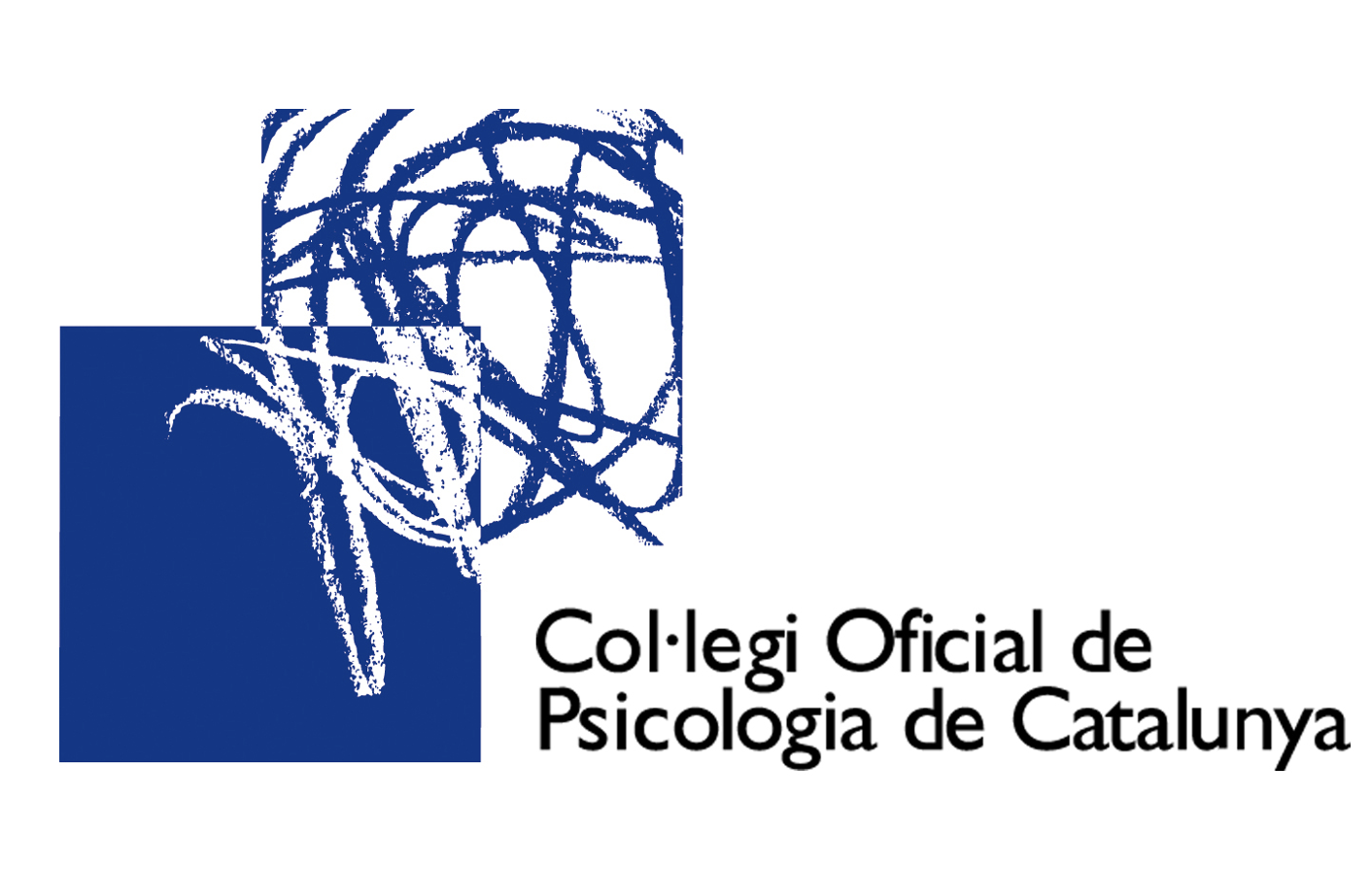La Soledad en la Alta Capacidad Intelectual: Factores de Riesgo y Estrategias de Afrontamiento
Loneliness in giftedness
DOI:
https://doi.org/10.33898/rdp.v31i117.364Keywords:
altas capacidades, soledad, exclusión social, estrategias de afrontamiento, desarrollo socioemocionalAbstract
Gifted children and teenagers have a series of unique characteristics and needs that are sometimes difficult to understand and tolerate for others, so they often face situations of physical or shared loneliness with serious repercussions on physical and mental health. The research found that if giftedness does not develop in an appropriate socio-affective context since childhood these children and adolescents may be at risk with respect to mental health to become healthy adults in a biopsychosocial aspect. The aim of this article is to describe some of the possible risk factors that make gifted children and adolescents especially vulnerable to experiencing physical, social and / or psychological isolation, as well as the coping strategies most commonly used by them to try to overcome these stress situations. The results suggest as main risk factors the dyssynchrony and cognitive complexity with respect to their peers, different friendship patterns and greater connectivity within the mentalization system. The most commonly used social coping strategies in response to the perception of negative social effects are denying talent, minimizing popularity and the conformity with the others.
Downloads
Published
How to Cite
Issue
Section
License
Copyright (c) 2020 Journal of Psychotherapy

This work is licensed under a Creative Commons Attribution-NonCommercial 4.0 International License.
Authors who publish in this journal accept the following conditions:
-
Authors retain copyright and grant the journal the right of first publication, with the work registered under the Creative Commons CC-BY-NC 4.0 International license. This license allows third parties to cite the text and use it without alteration and for non-commercial purposes, provided they credit the authorship of the work and its first publication in this journal.
-
Authors may enter into other independent and additional contractual agreements for the non-exclusive distribution of the version of the article published in this journal (e.g., including it in an institutional repository or publishing it in a book), provided they clearly indicate that the work was first published in this journal.
-
The views expressed in the articles are solely the responsibility of the authors and in no case do they reflect the opinions or scientific policies of the journal.









